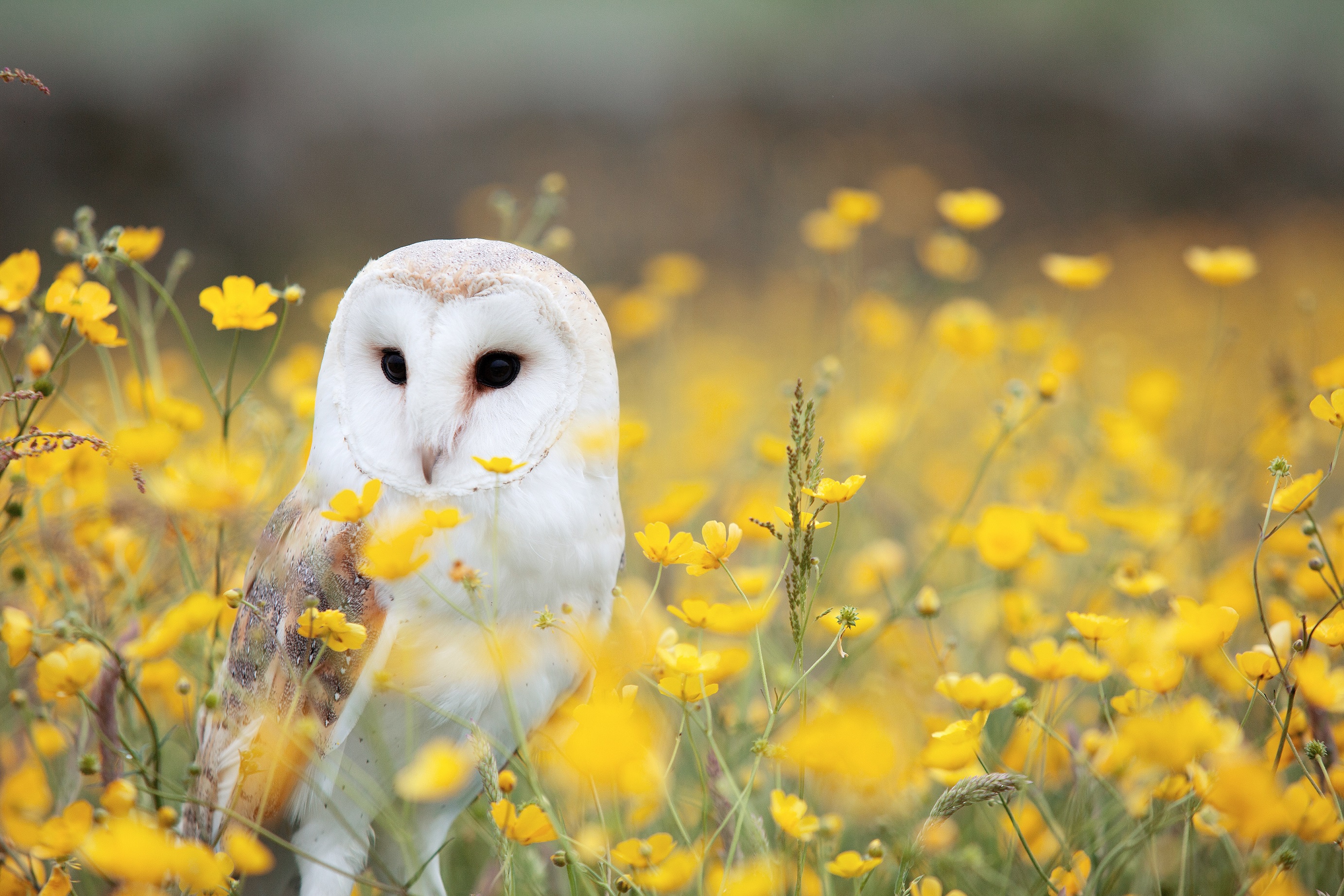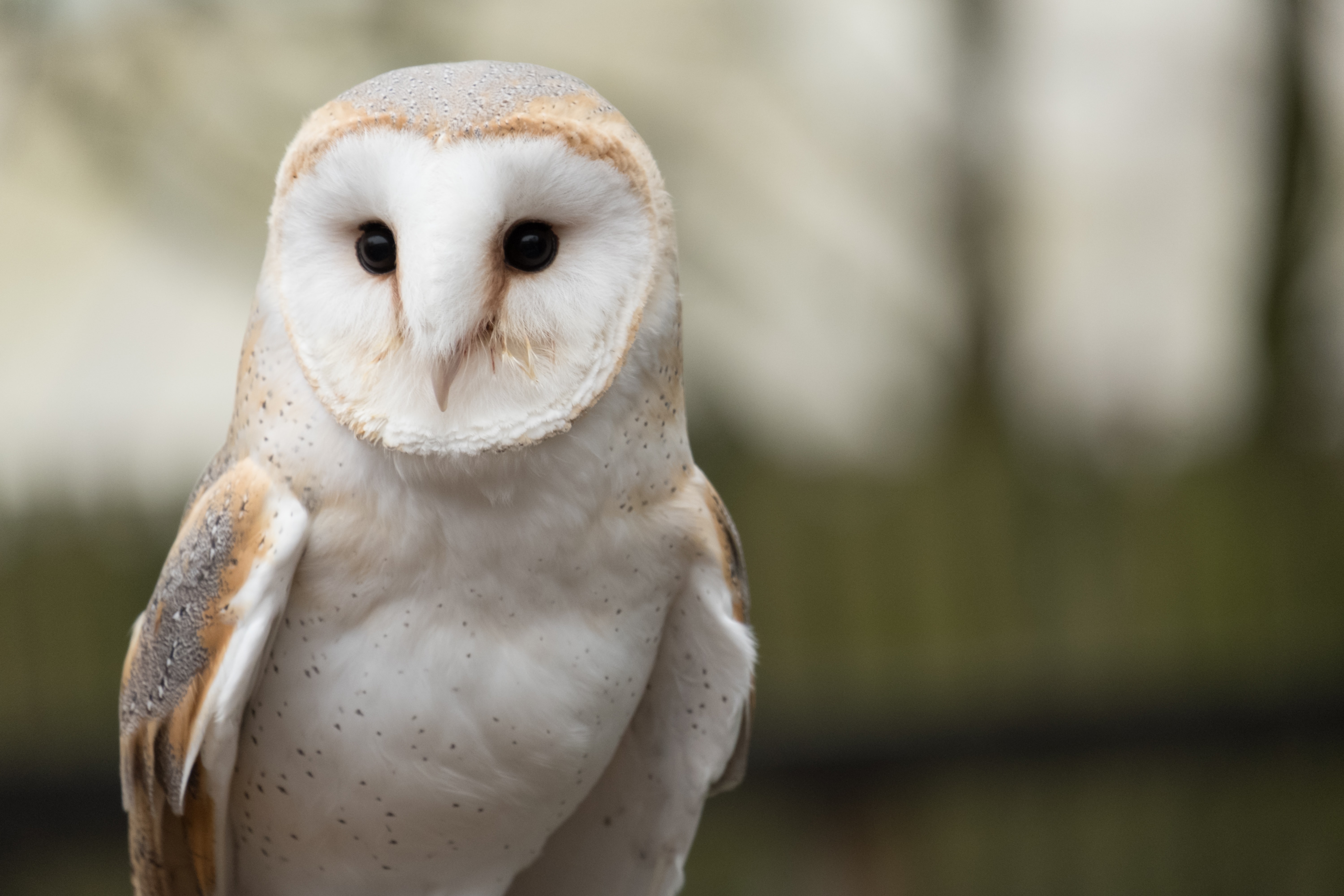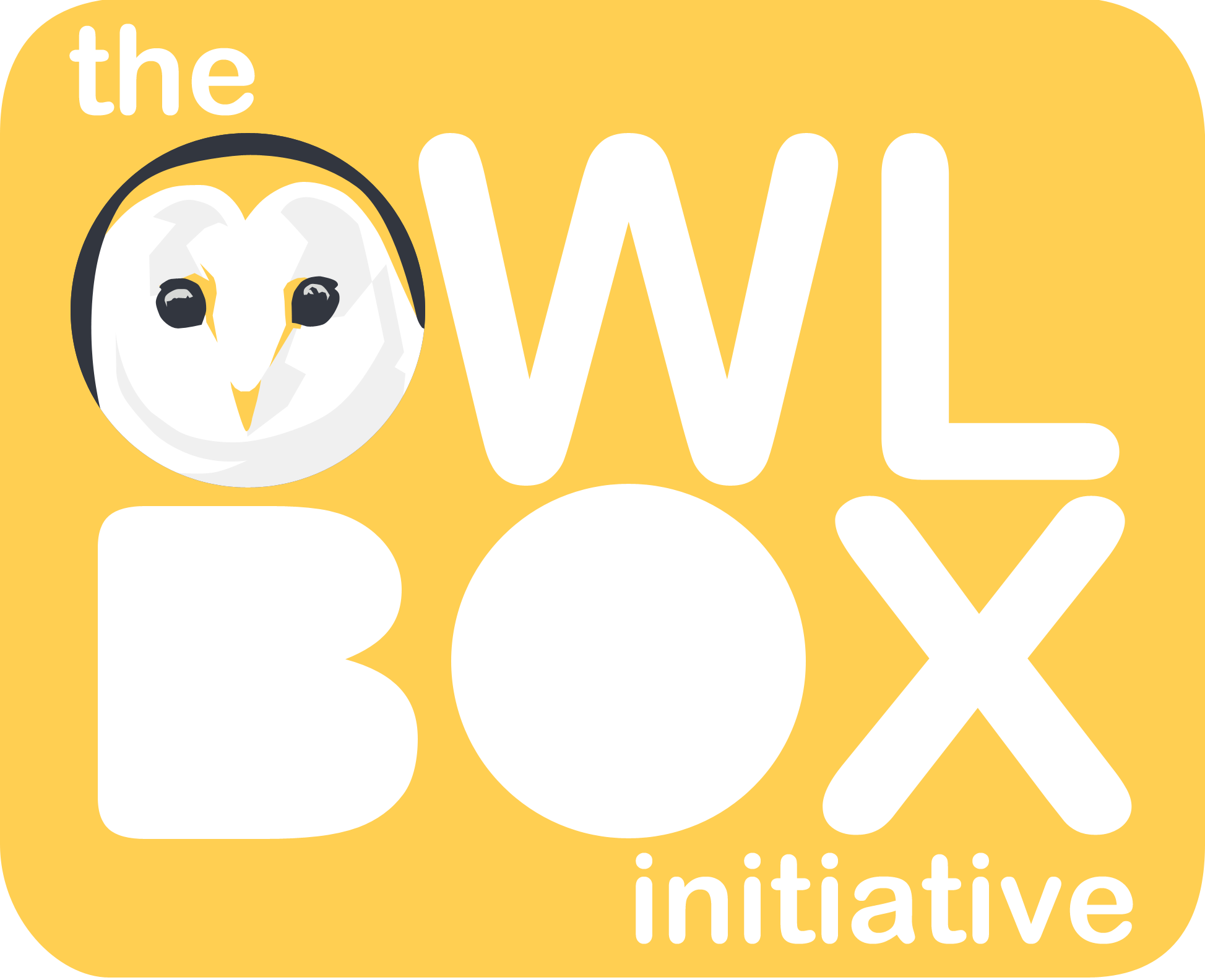Live nest-cam reveals the secret life of barn owls
"It is fantastic to be able to watch this pair of owls going about their lives and preparing to rear chicks," Dr Niamh McHugh, GWCT
A new wildlife conservation project is giving a remarkable insight into the domestic arrangements of a barn owl family, by live-streaming nest-cam footage from a barn owl nest box in Dorset. Viewers can peek inside the box, which has been occupied by a pair of owls, by visiting owlboxinitiative.com/owl-box-live . Footage available for media use – see below.
In true reality TV style, there has already been drama aplenty as the pair have begun their courtship, settled into their home, and got on with the business of mating. The camera has even captured the female laying an egg. The nest cam is now streaming 24 hours a day, ‘barn wifi’ permitting, and viewers should soon be able to see fluffy owlets hatching from the clutch of four eggs laid so far by the female.
Owl Box Live is part of The Owl Box Initiative, a new project from the Game & Wildlife Conservation Trust (GWCT). A grant from the Green Recovery Challenge Fund is allowing GWCT scientists to work with 100 farms over 40,000ha, to inspire farmers and communities to help conserve this most enigmatic and beloved British bird.
As part of the project, 64 new barn owl boxes are being installed on farms across Dorset, Hampshire and Wiltshire. 50 are in place already and will be monitored during the breeding season, along with many more existing boxes, with a further 10 set to be installed in the Autumn. Adult barn owls will also be GPS-tracked to better understand their use of arable habitats for foraging and to enable farmers to see the effects of their conservation efforts. The data gathered will allow GWCT scientists to develop guidance on managing land to benefit barn owls and other species.
“Although barn owl populations in the UK have stabilised after declining in the twentieth century, as a top predator, the barn owl provides an indication of ecosystem health, and conservation measures for owls also benefit wider farmland biodiversity,” said Dr Niamh McHugh, project leader at the Game and Wildlife Conservation Trust. “It is fantastic to be able to watch this pair of owls going about their lives and preparing to rear chicks. We hope that seeing these wonderful, often elusive, birds up close will inspire people to recognise the essential work that many farmers do for wildlife and encourage farmers to continue to make further positive changes.”
Project organisers will provide feedback to the farmers, their families, and wider communities, on ‘their’ barn owls, with the aim of involving them, helping them to feel connected with farmland wildlife and improve understanding of wildlife friendly farming measures.
The scientists and farmers are working with local conservationists and bird-ringers, building better relationships between volunteer groups and farmers. A range of resources for schools and community groups will also be available and by live-streaming a barn-owl brood the project also aims to engage people further afield. More information is available at owlboxinitiative.com.
About barn owls
Barn owls are amongst the most iconic and instantly recognisable of farmland birds, with their white underparts, golden back and heart-shaped face which acts as a disc to focus sound. They are well adapted to hunting small mammals across arable land, with a light body weight and large wings enabling them to fly slow and silently. Unlike other owls they do not hoot but occasionally emit an eery screech.
Typically, barn owls lay four to six eggs over 8 to 21 days between March and August and, unlike many species, they begin incubating them immediately, meaning that the eldest chick can be up to three weeks old by the time the last egg hatches. By eight to nine weeks owlets will have attempted their first flight and by 10 – 11 weeks they will begin to look like adults and will be starting to hunt for themselves.
The project area
The Owl Box Initiative is building on volunteer efforts by farmers, local ornithologists and GWCT researchers who have been monitoring existing local barn owl boxes in southern England to understand breeding success.
Monitoring is being expanded to 100 farms across six Farmer Clusters in Wiltshire, Hampshire and Dorset. Farmer Clusters are groups of neighbouring farmers who work together, helped by a bio-diversity advisor, to collectively deliver benefits for soil, water and wildlife at a landscape scale, farmerclusters.com .
The initiative is working with Martin Down Farmer Cluster, Allenford Farmer Cluster, Pewsey Downs Farmers Group, Avon Valley Farmer Cluster, Cranborne Chase Farmer Cluster and the Marlborough Downs Nature Enhancement Partnership. Project organisers hope to expand further if suitable funding can be secured.
ENDS
Notes to editors
The following footage from the barn owl nest-cam is available for media outlets’ use:
Owl Box Initiative: Barn owl pair mating https://youtu.be/bvxFM6ZoIrE
Owl Box Initiative: Barn owl pair bonding https://youtu.be/YLkQ_C-VXWE
Owl Box Initiative: Barn owl female feeding https://youtu.be/Xmt7wfAY4Kk
Owl Box Initiative: Barn owl female repositioning four eggs to incubate https://youtu.be/zvvzfwd7GfY
Owl Box Initiative: Barn owl male leaves to feed https://youtu.be/aa8WSaMpnAQ
All handling of owls and checking of owl boxes during the project is being done under licence from Natural England.
Game & Wildlife Conservation Trust – providing research-led conservation for a thriving countryside. The GWCT is an independent wildlife conservation charity which has carried out scientific research into Britain’s game and wildlife since the 1930s. We advise farmers and landowners on improving wildlife habitats. We employ 22 post-doctoral scientists and 50 other research staff with expertise in areas such as birds, insects, mammals, farming, fish and statistics. We undertake our own research as well as projects funded by contract and grant-aid from Government and private bodies. The Trust is also responsible for several Government Biodiversity Action Plan species and is lead partner for grey partridge and joint lead partner for brown hare and black grouse.
ISDN radio broadcast line - at our Fordingbridge HQ we have an ISDN radio broadcast line, allowing us to conduct interviews remotely.
Press release distributed by Pressat on behalf of Game & Wildlife Conservation Trust, on Thursday 29 April, 2021. For more information subscribe and follow https://pressat.co.uk/
Barn Owls Conservation Nest Chicks Owlets Farm Game & Wildlife Conservation Trust GWCT Farmer Cluster Green Recovery Challenge Fund Owl Box Charities & non-profits Environment & Nature Farming & Animals
You just read:
Live nest-cam reveals the secret life of barn owls
News from this source:




